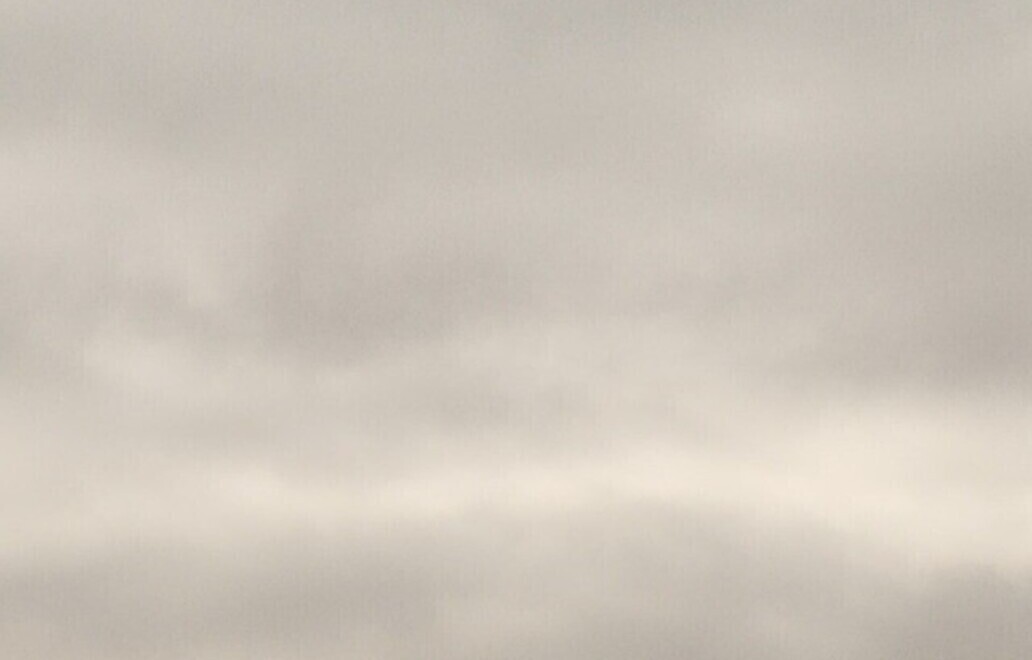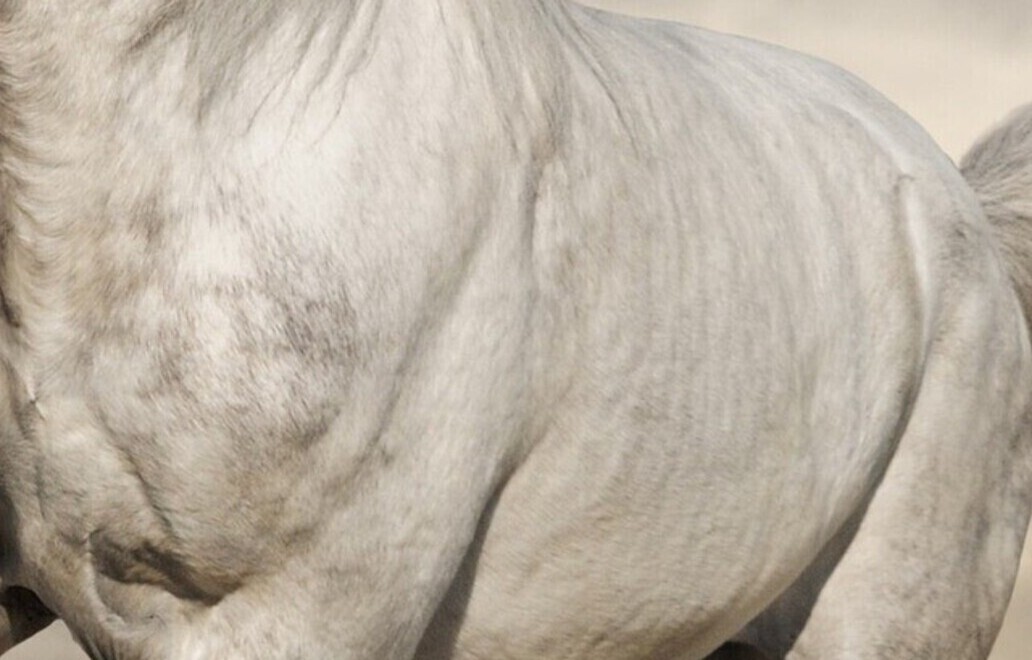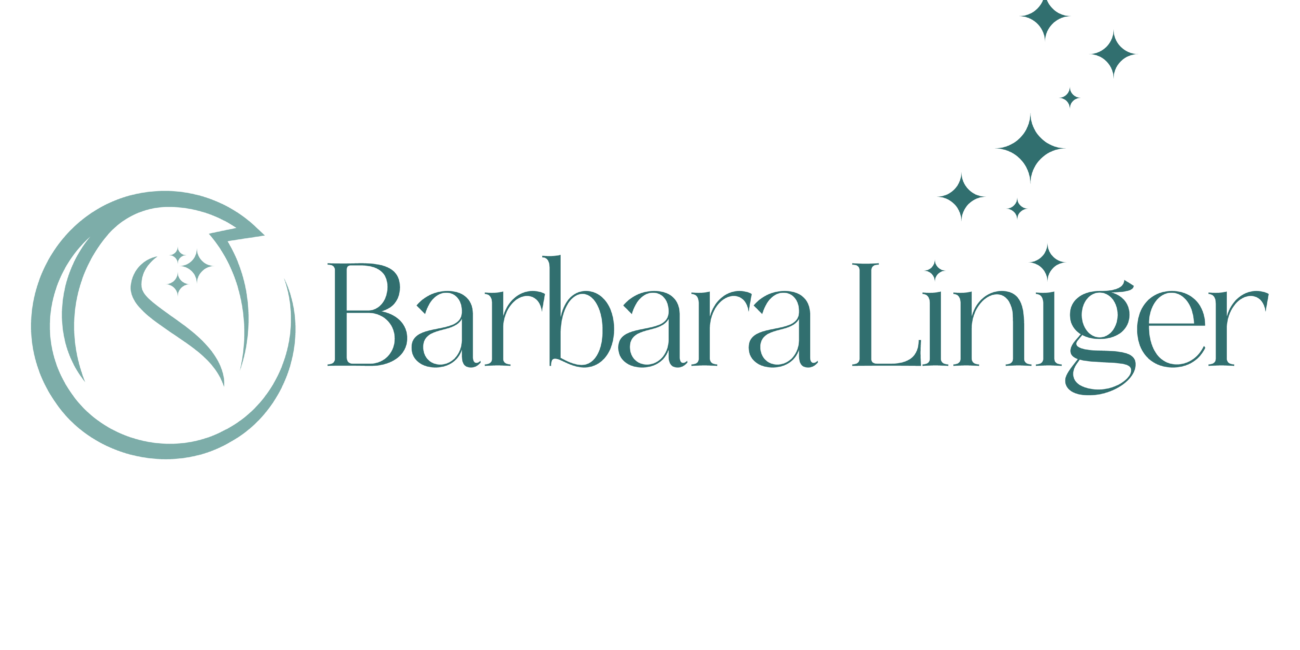
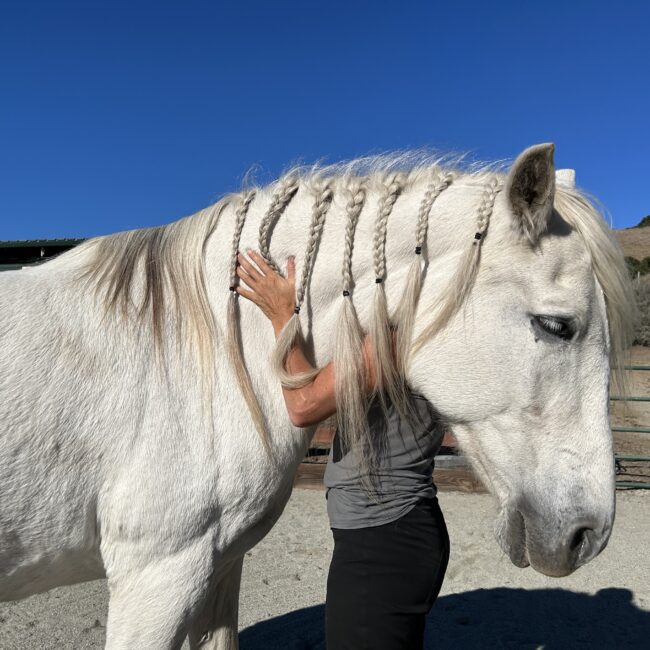
Discover the Power of Holistic Healing for Horses
Is your horse experiencing discomfort, pain, stress or behavioral challenges? Equine Therapies offer a holistic approach to improving your horse’s overall wellbeing. From releasing physical pain and tension and anxiety, to enhancing mental balance, my unique approach can make a significant difference in your horse’s life and improve your experience as a rider. Read on to learn how I heal horses and how your beloved companion can benefit from my healing touch.
Learn About Equine Therapies
Healing for Happier Horses
Craniosacral Osteopathy for Horses
A Hands-On Approach to Restoring Balance
When I was a little girl, I dreamed of becoming a veterinarian. But my path ultimately led me to a master’s degree in biology and animal behavior. I ventured into complementary medicine and got degrees in classical homeopathy and craniosacral osteopathy. It was Melia – an 18-year-old retired polo horse – who made me realize, that I now have all the skills to help animals heal from a more holistic point of view.
Melia had a stiff neck and could barely turn her head to either side. She was far away from the “carrot stretch” ideal. It was challenging to ride her in a straight line, and she would throw her head up before every little jump. I applied my palpation skills and the same principles and techniques I had been practicing on humans for 20 years and tried to figure out what was going on with her. It was an exciting journey to learn how to adjust my experience and knowledge to the anatomy and physiology of a horse. I was amazed how immediate she responded to my treatment and how quickly we got lasting results.
I read many equine anatomy and osteopathy books since that time and treated every horse which came my way. Horses are sensitive beings and respond very well to gentle touch and craniosacral work. According to osteopathic theory every problem can be traced back to its original cause and must be resolved where it started.
The goal of my treatment is to explore the interconnection of the musculoskeletal, visceral (organ) and craniosacral system and to create long-lasting changes in my client’s health. Imbalances in these systems may contribute to the development of complex neurological conditions. Pain and discomfort can trigger unwanted behavior in horses and are often the cause for challenging horse personalities.
Meet Captain and Ladera
Join me as I work with Captain, a horse who recently bucked off his owner, and Ladera, who had a serious fall over a jump just a day before our session. Witness Captain releasing tension in his right shoulder and observe how I support Ladera and her owner to help reduce the long-term impact of their accident. Experience a unique approach to equine healing and connection in action.
"Gentle touch turns horses into unicorns."
Barbara Liniger
An Individualized Approach
Customized Treatment for Optimal Results
Each horse deserves to be listened to. Through fine manual palpation, observation and intuition, I am able to reveal the individual differences and challenges of each horse.
Once I identify the right structure and depth to work on, the horses begin to relax deeply into the treatment. They surrender beautifully as soon as they sense that I’ve found the right spot to address their issues. You can observe them releasing tension by licking, chewing, or even yawning.
Soon, they start to close their eyes and let their lower lips drop. The horses remain still and connected for up to 45 minutes while I work on them, creating a truly beautiful experience to witness.
Healthcare and Prevention
A Healthy Future Through Proactive Care
Craniosacral Osteopathy Treatments aim to prevent illness and restore balance in the body by recognizing early signs of disharmony. Osteopathy is the art of using gentle touch to find structures that have lost their mobility and flexibility.
When structures become immobile at any level or depth, they eventually lose their natural functions. This approach allows osteopathic practitioners to identify potential problems before they appear in blood tests or imaging.
Addressing these challenged structures early in the course of a disease can significantly improve a horse's overall health and performance.


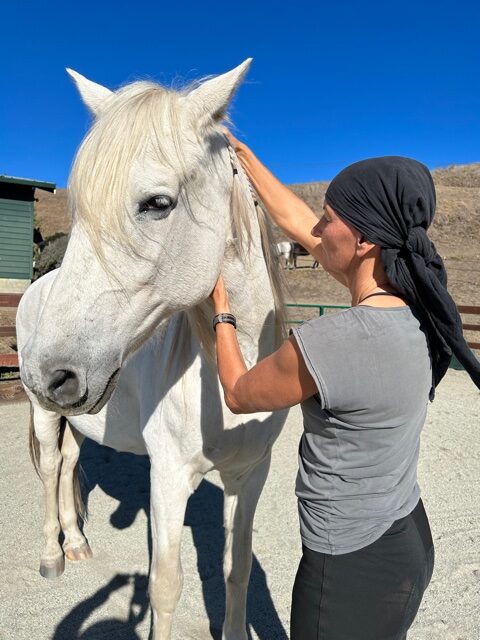
Treatments for Horse and Rider
Comprehensive Care for You and Your Equine Companion
I see a significant opportunity in treating both the horse and rider together, as they deeply influence each other on physical, mental, and emotional levels. Over time, their collaboration helps both parties grow; however, their imbalances can also hold them back from making progress.
Both the horse and rider may experience structural challenges, traumatic injuries, or accidents. When riding bareback you can sense and feel how sensitive horses react to the slightest weight shift. If a rider has a misalignment in their pelvis, it can disrupt the horse’s natural ability to move.
A well-balanced rider is more likely to produce a well-trained horse, and vice versa. By addressing these issues for both horse and rider, you’ll feel more connected and secure in the saddle, while your horse will respond more readily to your subtle cues. It’s truly a win-win for both parties.
I believe that an osteopathic approach to animal health can be a valuable tool for horses and riders, and will be enhancing their partnership. My assessments and treatments will contribute to a more fulfilling relationship between the two. A holistic approach that stimulates the body’s natural healing abilities is certainly worth exploring and can be an effective complement to traditional veterinary medicine.
Remote Healing for Horses
Promoting Equine Wellbeing from Anywhere
My work with horses has shown me that their actions are driven by instinct and learned behavior. As flight-or-fight animals, they naturally seek the path of least resistance, reacting in ways that align with their nature.
When a horse becomes difficult, it is often due to underlying trauma, pain or unprofessional handling. Horses are frequently mislabeled as aggressive, angry, lazy, or unmotivated when, in reality, they may be in significant discomfort. For instance, a horse that bucks when asked to canter might be experiencing severe discomfort or pain. By using our compassion, awareness, and intuition, we can recognize subtle signs of distress and prevent them from escalating into more severe behaviors.
Both osteopathy and medical intuition share the belief that every problem must be traced back to its original cause and resolved where it started to achieve long-lasting health. While osteopathy addresses this on the physical level, medical intuition extends this approach into the non-physical, energetic realm. Medical intuition allows us to uncover the root causes of these behaviors, addressing the physical or emotional pain your horse may be experiencing at its source. Energy work provides valuable insights into challenges and offers solutions for relief. This will help your horse to feel safe and supported in its current environment.
Additionally, medical intuition plays a crucial role in ensuring your horse receives the best possible care. By analyzing the compatibility of their food and supplements, we can tailor their diet to support both physical and emotional health. By using the horse’s energy field as a reference, we can understand its needs and create a personalized care plan that leads to a happier, more balanced life, allowing the horse to thrive in a supportive environment.
Let’s work together to ensure your horse’s happiness and well-being, creating a stronger, more harmonious partnership between you and your horse. I’ll teach you techniques to support your horse in releasing stress and old traumas, fostering self-confidence and trust. The ultimate goal is to help you and your horse connect more deeply on an energetic level, guiding you both toward a more supportive and fulfilling relationship.


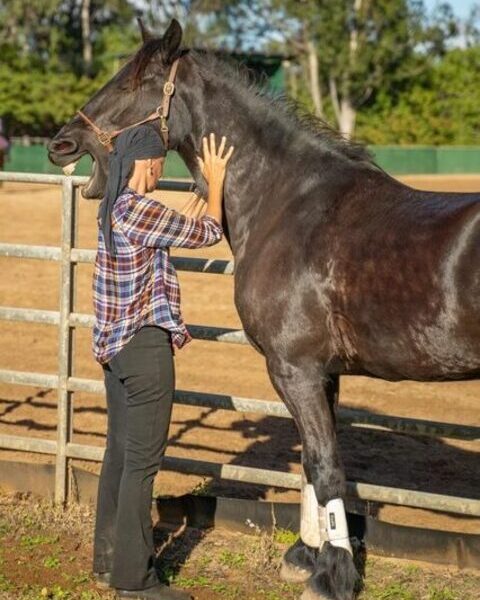
"Sometimes it's the most difficult horse that has the most to give you."
Unknown
The Art of Listening
Follow me to Switzerland as I work with horses dealing with chronic lameness, anxiety and aversion to touch. I prefer working in an open space, without a handler, so the horses can guide the process on a deep, intuitive level and even walk away if they need to. Throughout the video, I’ve added insights to help you notice the subtle ways horses communicate. Join me to explore the art of listening.
Feeback from My Clients
This work that you do for horses is stunning and one of a kind. You are opening up wide to your abilities, your strength and yes deep confidence. I hold you in highest regard and honor and love.
Tina Zion, Medical Intuitive, Award-Winning Author and Internationally Acclaimed Teacher
With her loving and sensitive approach, Barbara immediately found the connection to my horses. She discovered the significant lesions and treated them carefully. It was obvious that the patients were feeling much better right away. The success of the treatment was also noticeable in the long term: the back activity had improved significantly in all horses, the movements were freer and more relaxed. I was able to make my training more efficient and the horses were clearly happy about their new possibilities of movement. It is very nice to feel how they are regaining confidence in their bodies!
Eva (Switzerland)
My two-year-old gelding, Indy, was playing with his sister and got kicked hard in the throat area. The kick caused a lump in the size of a small orange. Hence, whenever he ate anything, Indy would cough. Barbara gently manipulated the throat area and Indy’s eyes would close halfway every time. The treatments seemed very comforting and effective. Indy does not cough anymore, and the injury is barely palpable.
Lori (Maui, Hawaii)
While visiting Switzerland Barbara treated my very sensitive Mangalarga Marchador mare, Zarin. Zarin showed tension and discomfort when groomed and ridden. Barbara’s work with the horses is very professional, careful and sensitive. Zarin calmed down considerably after just one session. She became much more relaxed when ridden and had no more sensitivity to touch when groomed. Her gaze became more open and she showed interest in work again. My Iceland gelding Brunnur moved more relaxed, supple and flowing and with a clearer rhythm after his treatment. Thank you very much Barbara!
Karin (Switzerland)
Read More Testimonials
Ready to Grow? Ask a Question or Book a Session.
I'm here to answer questions, address your specific needs, and help you on your healing journey.




